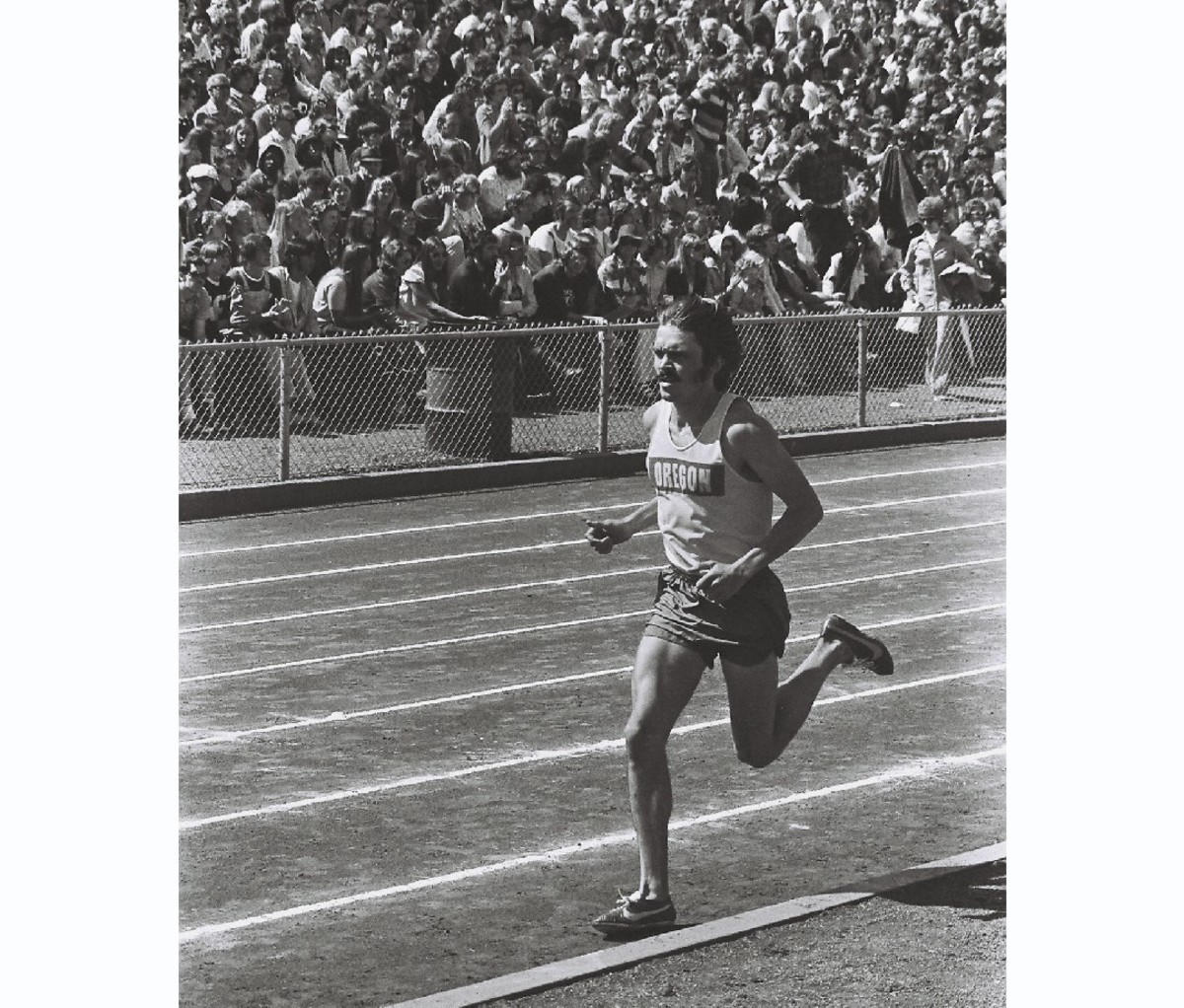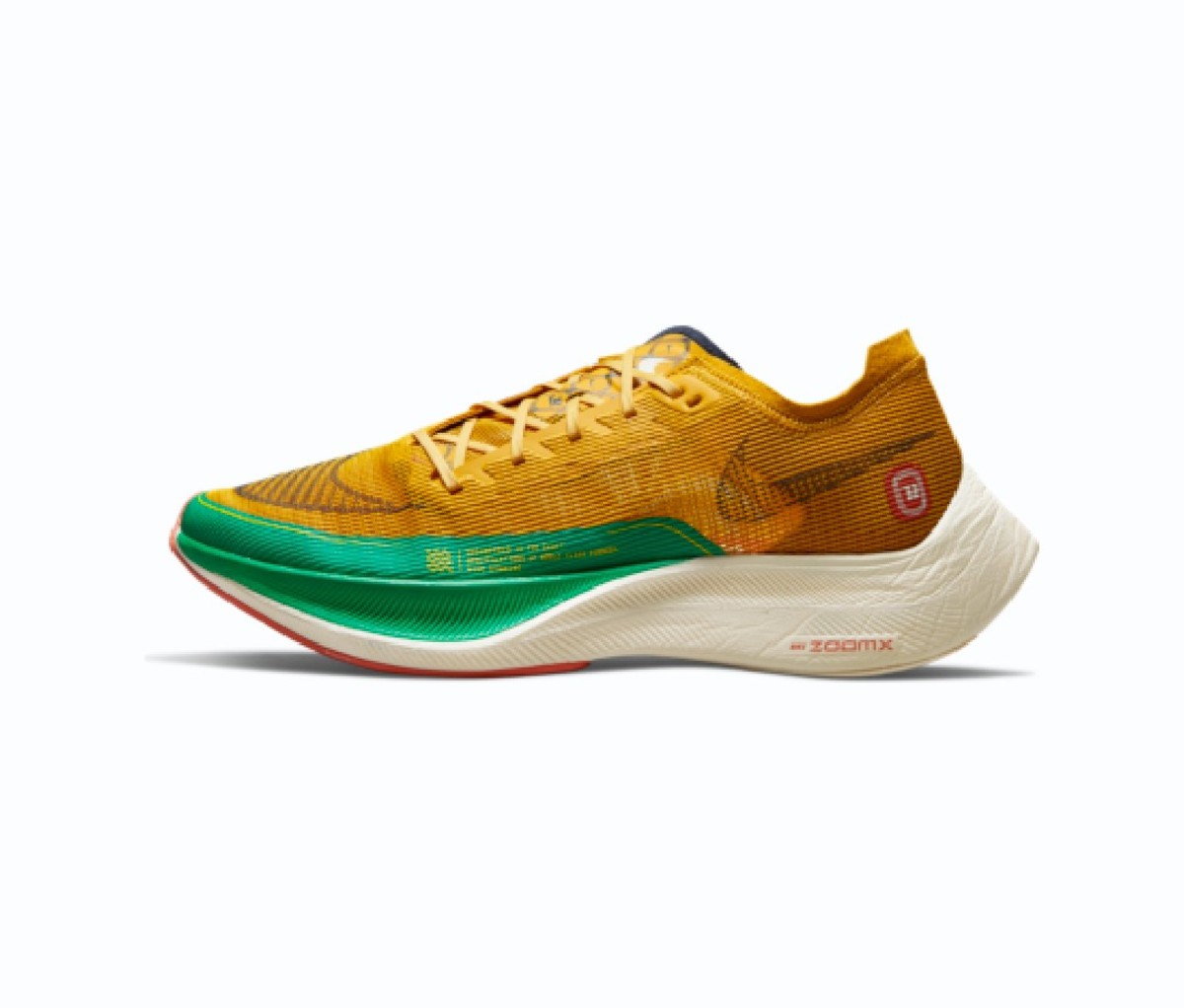Celebrating the Return to Sport With Track & Field, the Original Olympic Sport
Running is the everyman’s sport. Success isn’t influenced by age, size, or ethnicity, and the barrier to entry isn’t dependent on status or money. You grind in free spaces—back roads and dirt trails—with nothing more than the shoes on your feet. With track and field, those sentiments only heighten. You grow as an individual, but benefit the team. The teachings learned therein transcend sport. You intuit where to push, when to stay in your lane, and how to lean into discomfort. And its origins as a spectator sport are far-reaching.
Track and field’s history can be traced back to 776 BCE, when it was helmed as the first Olympic sport—remaining the only event at the Games until 724 BCE. Freeborn Greek men sprinted equivalents of 200 meters and 400 meters; competed in distance events; and duked it out in the pentathlon (discus toss, javelin throw, long jump, sprinting events, and wrestling). Athletes who earned a place on the podium received sealstones—similar to our modern day medals—a gemstone typically bearing an engraving of Nike, a winged goddess that personified victory. In Greek mythology, she was a messenger of the gods, typically shown with a wreath or ribbon with which to crown triumphant athletes.
Nowadays Nike’s a titan in a different sense. The company is a stalwart of speed. Its iconic Swoosh adorns the shoes of some of the fastest runners on Earth hailing from all corners of the globe—from Kenya to Oregon, Nike’s birthplace. The University of Oregon’s Hayward Field is where the origin story begins.
In 1973, the fledgling company signed its first athlete: Steve Prefontaine, a gutsy 22-year-old distance running prodigy. Ancient Greek athletes were valorous in that competing in chariot racing often resulted in being mangled or trampled to death—but that’s what fueled the crowds. They got drunk off the danger. Prefontaine understood the draw. He approached running—or better yet, racing—with a warrior spirit and gave it the same appeal as watching horses thundering around a circus. He wasn’t timid. He went out hard, never doubting his endurance or speed would falter.

“I don’t go out there and run,” Prefontaine once remarked. “I like to give people watching something exciting… I like to make people stop and say, ‘I’ve never seen anyone run like that before.’ ”
He turned bemused onlookers into fans, eager to follow the developments of human performance. He also set the precedent for sprinters and distance athletes. To be exceptional in the sport, you have to trust the process. Once the work’s been done, step to the starting line champing at the bit. Charge blindly and commit with wild abandon, because the trepidation of an I can’t or an I might fail, robs yourself of any opportunity to win before your first stride. There’s nothing serendipitous about breaking records and making history. That’s all chalked up to effort and grit.
“I like to make people stop and say, ‘I’ve never seen anyone run like that before.’ “
Since then, running has picked up a tremendous amount of momentum, garnering exulting crowds at the Olympic stage. Nigh on 50 years later, the delayed 2020 Trials will take place June 18-27, 2021, at Hayward Field in Eugene, Oregon. The track and field facility has been revamped, nodding to its history while providing a better fan experience. A crowd’s energy touches an athlete. Individual frequencies get amplified at a stage of this caliber, vibrating and building, all at once intangible and palpable.

Nike’s taking a moment ahead of the Trials to pay homage to the past while looking forward to the future. Its newest racing shoe, ZoomX NEXT% 2 is leagues beyond the waffle sole that put the brand on the map. A carbon fiber plate runs the entire length of the midsole coupled with patented ZoomX foam to lend that rocket-fueled sensation with each stride. The waterproof mesh upper was redesigned from the previous iteration to mold to your feet for greater containment and comfort whether you’re racing a 5K or marathon. The Hayward Field Collection imagines the shoe in colors inspired by Oregon’s rich running history: green and gold.
As we return to sport and look toward the Summer Games, we ask you to stir up your inner Prefontaine. You might not be clocking sub 4-minute miles, but lacing up in these racers will inspire you to lead with guts. And that feels just as good.
from Men's Journal https://ift.tt/3gBisMz




0 comments